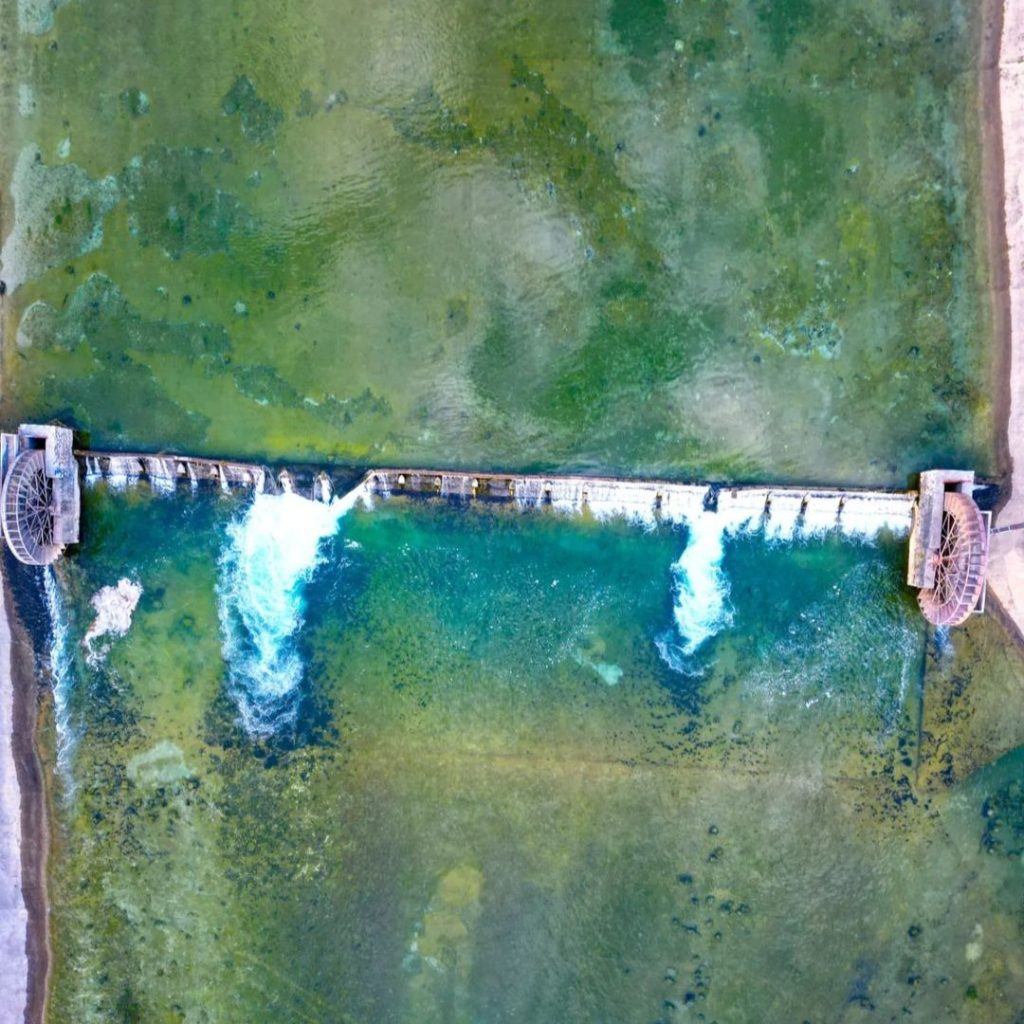
Arslanagic Bridge stands as the most iconic monument from the Ottoman era in Trebinje and holds a significant place in 16th-century Balkan architecture. The bridge was constructed in 1574 by Mehmed Pasha Sokolović as a memorial for his son who died fighting the Venetians during the Ottoman occupation.

In 1687, when the Ottomans were expelled from Herceg Novi, many Turkish families relocated to Trebinje, including a notable figure named Arslan-aga. He acquired lands east of Trebinje, in areas like Zupci, Necvjeće, and Jasen, and was granted the right to collect tolls from the bridge. Consequently, the bridge became known as Arslanagića Bridge.

The construction of the hydroelectric system on the Trebišnjica River in 1965 submerged the bridge underwater. To preserve this historic structure, it was dismantled and relocated downstream in 1966, during the reservoir’s drainage. Today, Arslanagic Bridge is situated between the Gradina neighborhood on the right bank and the Police neighborhood on the left bank.




